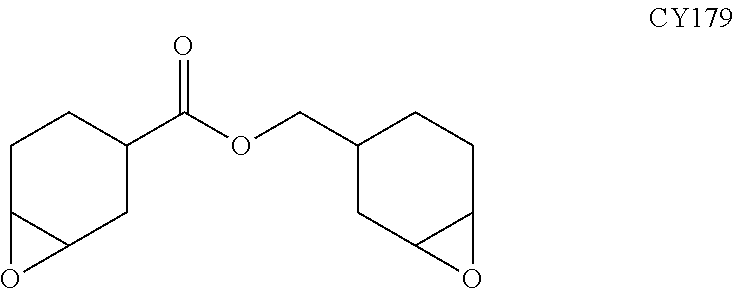Organic Vegetable Oil Based Resin and Preparation Method Thereof
a vegetable oil and organic resin technology, applied in the field of organic resin compositions, can solve the problems of toxic, toxic, toxic, and high emissions of volatile organic compounds, and achieve the effects of wide ranging cure rates and capabilities, strong influence on small business growth, and reduced employee exposure to toxic chemicals
- Summary
- Abstract
- Description
- Claims
- Application Information
AI Technical Summary
Benefits of technology
Problems solved by technology
Method used
Image
Examples
Embodiment Construction
[0022]The present invention is a unique resin composition and method for making the same. Table 1 below, discloses a preferred exemplary resin composition with the preferred range given for each constituent.
TABLE 1Exemplary Vegetable Oil Based Resin Formulation (range)IngredientUseful range in grams*Trimer Acid 104535-50Dimer Acid 20160-5Lindride 16E10-25CY17925-40Chromium III Octoate3-6Mapeg 4000.5-1.0*These ranges are not independent because the system has to be balanced with respect to the stoichiometry of the resin and the curing agent
[0023]As the above formulation is adjusted within the useful range, different composition characteristics are emphasized. The final composition can thus range from a tough leather-like material with a relatively low heat distortion temperature (125° F.) to rigid material with a relatively high heat distortion temperature (175° F.). Furthermore, it can be formulated for rapid cure or slow cure and high tensile strength (5,000 lbs / in.2) or a more mod...
PUM
| Property | Measurement | Unit |
|---|---|---|
| Temperature | aaaaa | aaaaa |
| Fraction | aaaaa | aaaaa |
| Fraction | aaaaa | aaaaa |
Abstract
Description
Claims
Application Information
 Login to View More
Login to View More - R&D
- Intellectual Property
- Life Sciences
- Materials
- Tech Scout
- Unparalleled Data Quality
- Higher Quality Content
- 60% Fewer Hallucinations
Browse by: Latest US Patents, China's latest patents, Technical Efficacy Thesaurus, Application Domain, Technology Topic, Popular Technical Reports.
© 2025 PatSnap. All rights reserved.Legal|Privacy policy|Modern Slavery Act Transparency Statement|Sitemap|About US| Contact US: help@patsnap.com

